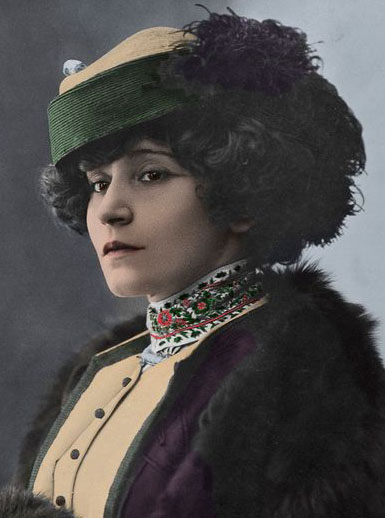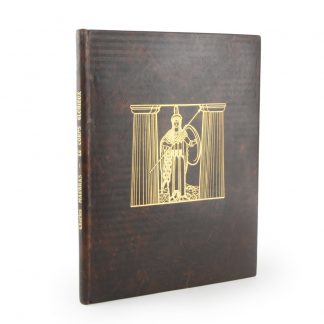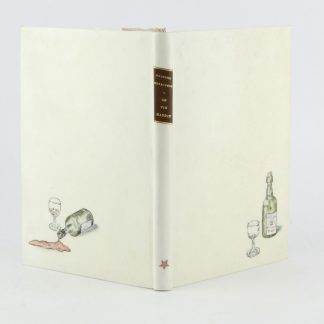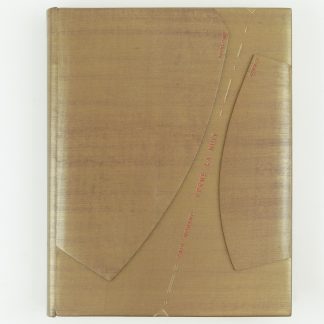Description
BEAUTIFUL SIGNED AUTOGRAPH CORRESPONDENCE Colette, addressed to her friend Maurice Carrère, and comprising 11 letters (undated, circa 1945-46) focusing mainly on perfumery.
Owner of a cabaret restaurant, decorator and show organiser, Maurice Carrère launched his first perfume, "Signature", in 1946, which Colette was particularly fond of:
"Would you have the first passer-by give me a little Carrère perfume? The last drop of Corsican jasmine having left me, I am forced to consume yours in indecent quantities, so that neither my home, nor I, nor my couch, nor my cupboards smell of the sickly shut-in, nor above all... the Palais-Royal! Thank you, Maurice. Dear Maurice, we embrace you with tender friendship."
"My little Maurice, you are nothing but a this and a that. We no longer see you, and I no longer have a drop of Signature to perfume my home and myself. I kiss you with great cold dignity and we wait for you."
"Another bottle of toilet water! My little Maurice, you're far too wasteful to get rich! And yet your old friend persists in wishing you a thousand prosperities, without excepting the most material ones."
"I was furious last night. You all had dinner to my beard, my flu's beard (and Bebé's beard) and you didn't even make it up my floor and a half! I'm fining you for one visit, and for a perfume that prevents me and my home from smelling like Old Lady Scratch".
"I can't help thinking about your very kind offer of... fuel. As I hate my friends to expose themselves for me, I beg you - should you succeed - to be careful about delivery. Maurice will soon have a tiny car, and he could very well fetch the precious commodity in small quantities. For I am very much afraid that the charming Simone Berriau, very busy with many things, has forgotten that she spoke to me about anthracite..."
Determined to support Carrère in his venture, Colette gave him an account of her impressions of his perfume line:
"Dear Maurice, I have received a very fine trinket. The bottle and the glazed box are charming. What's even better is the contents of the bottle. "Vent fou' has just that little old-style breath that is - to my nostrils - a great merit."
"Dear Maurice, this bottle is charming. At last, a truly feminine bottle, inspired by an era I love. The fragrance also seems to me to be up to scratch: a little drier, a little less sweet. Am I wrong?"
"Dear Maurice, how's the second fragrance coming along? I can't wait to taste it. I'm cooped up - oh! a little more, a little less... - having caught a cold. I'm working. Nothing really new.
And Maurice Carrère sends him more liquids:
"So many bottles, dear Maurice! The rum bottle is a marvel - both the container and the contents. We've both just been treated with one of these toddies...".
"Guilty already of making me dislike tea, you've made me dislike port. It's true that this one would convince the most recalcitrant."
We enclose the booklet Seize signatures pour une (Paris, Aljanvic 1946, paperback), published to mark the launch of the perfume "Signature"; with texts by Bérard, Cocteau, Daragnès and a 5-page preface by Colette:
When it comes to luxury and variety, French invention refuses to rest: Carrère wants his place. I give it to him with confidence. We know that he will dedicate a lover's hand, a pilot's eye and a bloodhound's nose to the glory of French grastronomy. [...] It seems that today's preference is for ambiguous fragrances, whose first shock is more likely to evaporate, and sometimes to fry slightly. A double seduction, which Carrère sought, as she wanted her first fragrance to be "contemporary".






